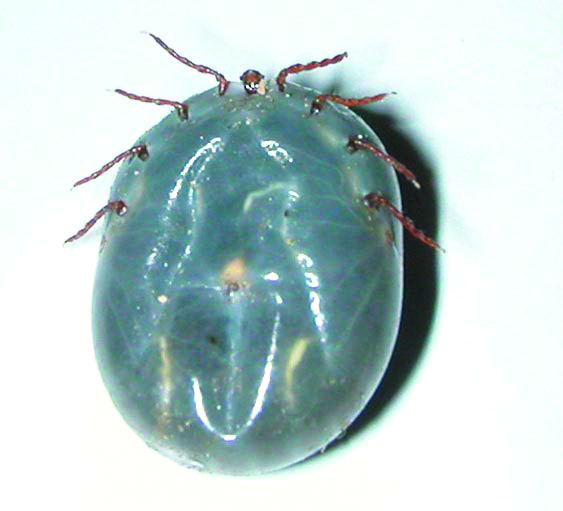By Michael Burt
North coast farmers have pushed for more funding for the NSW Cattle Tick Program and dip facilities to halt a rising number of cattle tick and tick fever in the Northern Rivers region.
The NSW Farmers Far North Coast branch is spearheading the campaign with a series of policy motions aimed at revitalising the NSW Cattle Tick Control Program put forward at last week’s NSW Farmers Annual Conference.
The motions were passed unanimously with strong backing by farmer members from the across northern NSW.
The conference also passed policy to oppose the cattle tick Owner Treatment Program (OTP), which farmers fear will destroy the existing government funded program.
Northern Rivers beef producer Anna Gilliland said when the data is showing an increase in outbreaks and deaths, stricter measures need to be taken.
“The Cattle Tick Program is to control and eradicate cattle tick. When compulsory dipping was in place this pest was effectively controlled, but now there are only 7 active dips in the region including Murwillumbah after the measure was discontinued in 1995,” Mrs Gilliland said.
“Reactivating 34 lapsed dips should be considered to strengthen control measures, and more boots on the ground are desperately needed to implement the Cattle Tick program processes, support farmers and ensure compliance.”
One of the policies passed at the NSW Farmers conference was to lobby for the full funding of maintenance costs of existing dips and exploring the establishment of new facilities or re-opening de-commissioned facilities.
Cattle ticks are the most serious external parasite of cattle in Australia, according to Meat & Livestock Australia. The tick can carry the disease ‘tick fever’, which can kill beef and dairy cattle. They are endemic in ‘Tick Infested Zones’ in Queensland, Western Australia and the Northern Territory, with sporadic NSW outbreaks as far south as Kempsey.
“The NSW border serves as a key buffer against ticks coming in from Queensland, but farmers are sometimes experiencing months-long delays to start treatment, which raises serious concerns.
Tick fever and cattle ticks are notifiable under NSW biosecurity legislation and livestock owners travelling from the Queensland cattle tick infested zone are required by law to ensure their animals are cattle tick free.
“Without stronger oversight tick outbreaks could worsen, which is why the government needs to reassess the program and implement stronger biosecurity measures before the situation deteriorates even further.”
The Department of Primary Industries and Regional Development (DPIRD) estimates an endemic cattle stick status would produce a $32 million annual bill for the NSW beef industry.
The state government has funded an eradication and detection program since the 1920s. 1600 cattle dips were once the primary control method for controlling cattle ticks but have been mostly removed from the program when it transitioned to a search and eradication policy in 1995, supported by enhanced surveillance.
Today, the program focuses on movement controls, eradication strategies, and providing advice to the livestock industry, which the NSW Government says costs $4 million annually.

A cattle tick- a deadly parasite feared by northern beef and dairy farmers.

